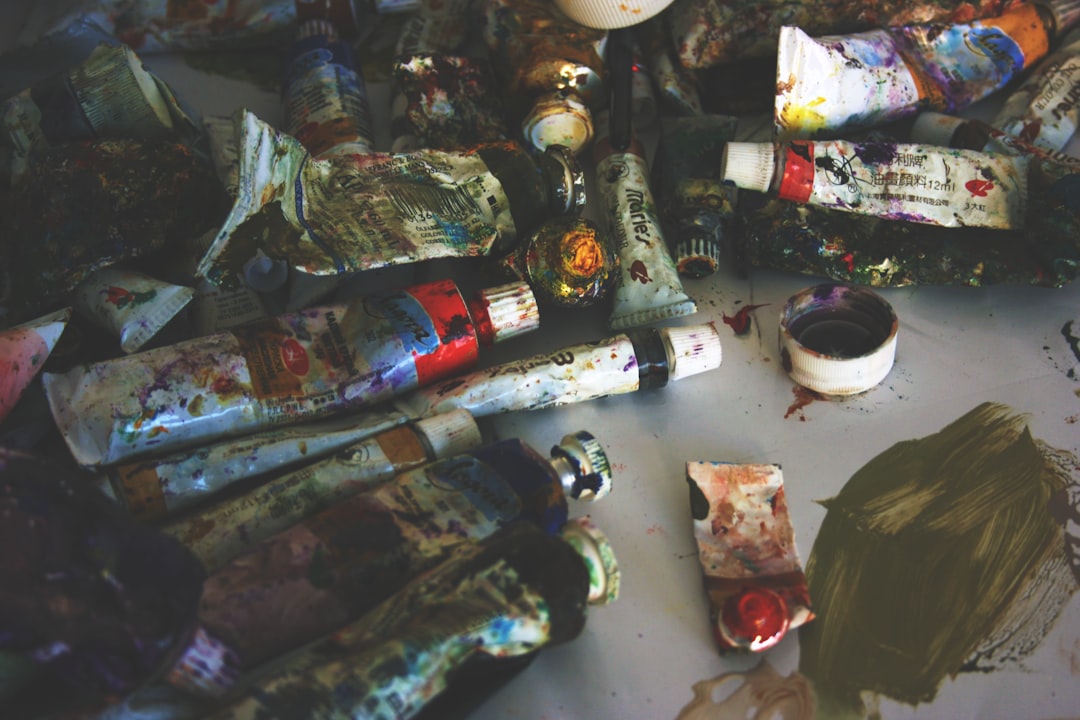Stuffocation: The Overwhelm of Possessions in Modern Life
Introduction
In the age of abundance, the term “stuffocation” has emerged as a powerful concept. Coined by British trend forecaster James Wallman in his 2013 book Stuffocation: Living More with Less, the word captures a unique modern malaise: the suffocating feeling brought on by owning too much “stuff.” As societies worldwide have shifted from scarcity to surplus, understanding stuffocation—and how to overcome it—has become more urgent than ever.
Defining Stuffocation
Stuffocation refers to the anxiety, stress, and hindered wellbeing resulting from an excess of material possessions. This phenomenon is not just about physical clutter. It manifests psychologically, socially, and even environmentally as the consequences of overconsumption compound.
The Roots of Stuffocation
1. Economic Growth & Consumerism
Since the Industrial Revolution, economies in the West and, more recently, many parts of the East, have been driven by consumerism. Mass production made goods affordable and accessible, but it also fostered a "buy more, live better" mentality.
2. Cultural Shifts
Marketing, advertising, and social pressures have reinforced the idea that happiness, status, and success correlate with ownership and consumption.
3. Technological Advancements
E-commerce, flash sales, and rapid delivery now bring the shopping world to our fingertips, removing last barriers to unbridled accumulation.
Symptoms of Stuffocation
| Symptom | Description |
|---|---|
| Chronic Clutter | Overfilled spaces, making homes and offices hard to navigate. |
| Organizational Overwhelm | Difficulty finding or organizing belongings. |
| Financial Strain | Money tied up in purchases, leading to credit/debt issues. |
| Emotional Stress | Guilt, anxiety, or embarrassment over possessions. |
| Time Drain | Hours spent cleaning, organizing, or shopping. |
| Reduced Satisfaction | Less joy from new purchases—a diminishing "happiness return." |
The Impact of Stuffocation
Personal Well-being
Stuffocation leads to stress and anxiety. Studies have linked cluttered environments to decreased focus, poor sleep, and elevated cortisol (the stress hormone). It also fosters guilt or shame, eroding self-esteem and straining relationships.
Environmental Effects
Excess consumption accelerates resource depletion, pollution, and waste production. Landfills overflow with discarded items, much of it in good working order.
Social Consequences
Possession-focused lifestyles may hinder relation-building and perpetuate inequality, as people strive (often unsuccessfully) to keep up with perceived societal standards.
The Stuffocation Cycle
| Stage | Experience | Consequence |
|---|---|---|
| Acquisition | Buying items for joy, status, or necessity | Temporary satisfaction |
| Accumulation | Belongings pile up, often unused | Clutter, overwhelm |
| Realization | Awareness of excess, stress sets in | Despair, anxiety |
| Purging (occasionally) | Attempts to declutter or organize | Fleeting relief |
| Re-acquisition (often) | New purchases fill the void or satisfy temporary needs | Cycle repeats |
Overcoming Stuffocation
1. Mindful Consumption
- Question Motivations: Is the purchase truly needed? What gap is it intended to fill?
- Delay Gratification: Implement a 24-hour rule before buying non-essential items.
- Quality over Quantity: Invest in fewer, better-made possessions.
2. Decluttering Strategies
| Approach | Key Principles | Examples |
|---|---|---|
| KonMari Method | Keep only items that "spark joy" | Clothing purge, book sort |
| Minimalism | Prioritize essentials, remove excess | Capsule wardrobe, digital declutter |
| Swedish Death Cleaning | Remove burdens for those left behind | Passing heirlooms, selling unused |
3. Emphasizing Experiences
Research suggests experiences produce more lasting happiness than possessions. Travel, hobbies, social gatherings, and lifelong learning provide fulfillment without the baggage.
4. Environmental Considerations
- Circular Economy: Buy secondhand, repair, swap, or recycle items.
- Conscious Gifting: Emphasize experiential or consumable gifts rather than objects.
Stuffocation Around the World
| Country | Average Number of Possessions Per Household | Cultural Attitude Towards Stuff | Notable Trends |
|---|---|---|---|
| United States | ~300,000 | Material abundance=success | Rise of minimalism, tiny houses |
| Japan | Low (Urban) / Moderate (Rural) | Tradition of simplicity (e.g., wabi-sabi) | KonMari influence, decluttering |
| Germany | Moderate | Quality, practicality valued | Eco-friendly, durable products |
| Australia | High | Outdoor experiences vs. indoor "stuff" | Experience over accumulation |
| India | Varies widely | Status symbols, growing consumerism | Traditional vs. Western influence |
(*Figures are approximate and represent average household range based on regional studies.)
Conclusion
Stuffocation is a distinctly modern dilemma that reaches beyond messy closets and packed garages—it is rooted in cultural, psychological, and economic shifts over decades. Addressing stuffocation means reclaiming space, peace of mind, and even our environment from the grasp of excess. By rethinking what truly matters and breaking consumerist cycles, individuals and societies can breathe easier in a world overflowing with “stuff.”
References
- Wallman, J. (2013). Stuffocation: Living More with Less. Penguin Books.
- American Psychological Association. (2016). Stress in America: Coping with Change.
- Kondo, M. (2014). The Life-Changing Magic of Tidying Up.
- United Nations Environment Programme. (2022). Global Waste Management Outlook.
